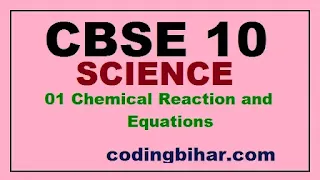Chemical Reactions and Equations
\(CaCO_3(s)\xrightarrow{\text{Heat}}CaO(s) + CO_2(g)\)
\(2PbNO_3(s)\xrightarrow{\text{Sulight}}2PbO(s)+\)\(4NO_3(g)+O_2(g)\)
\(2AgCl(s)\xrightarrow{\text{Sunlight}}2Ag(s)+Cl_2\)
\(2AgBr(s)\xrightarrow{\text{Sunlight}}2Ag(s)+Br_2\)

